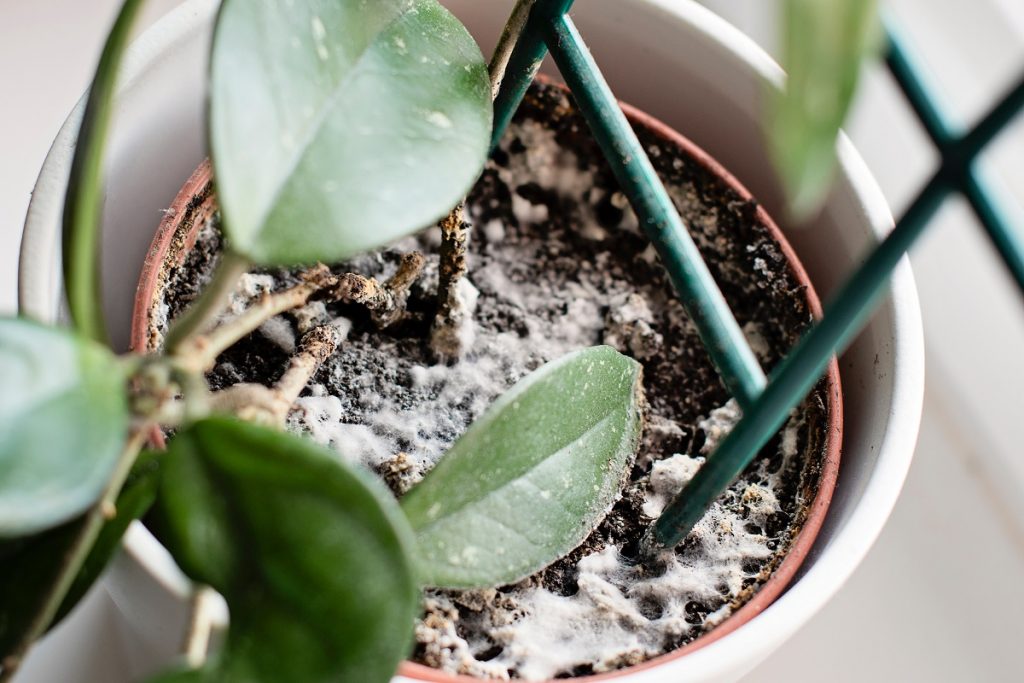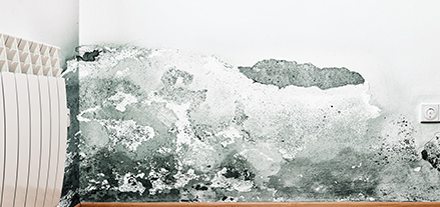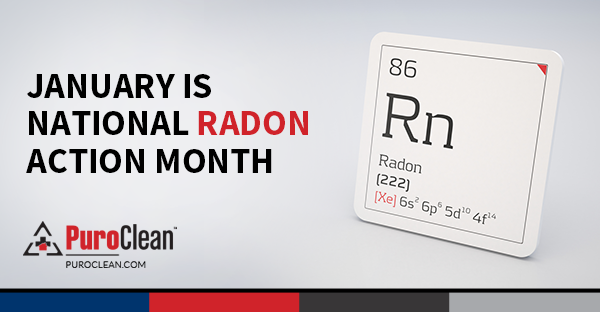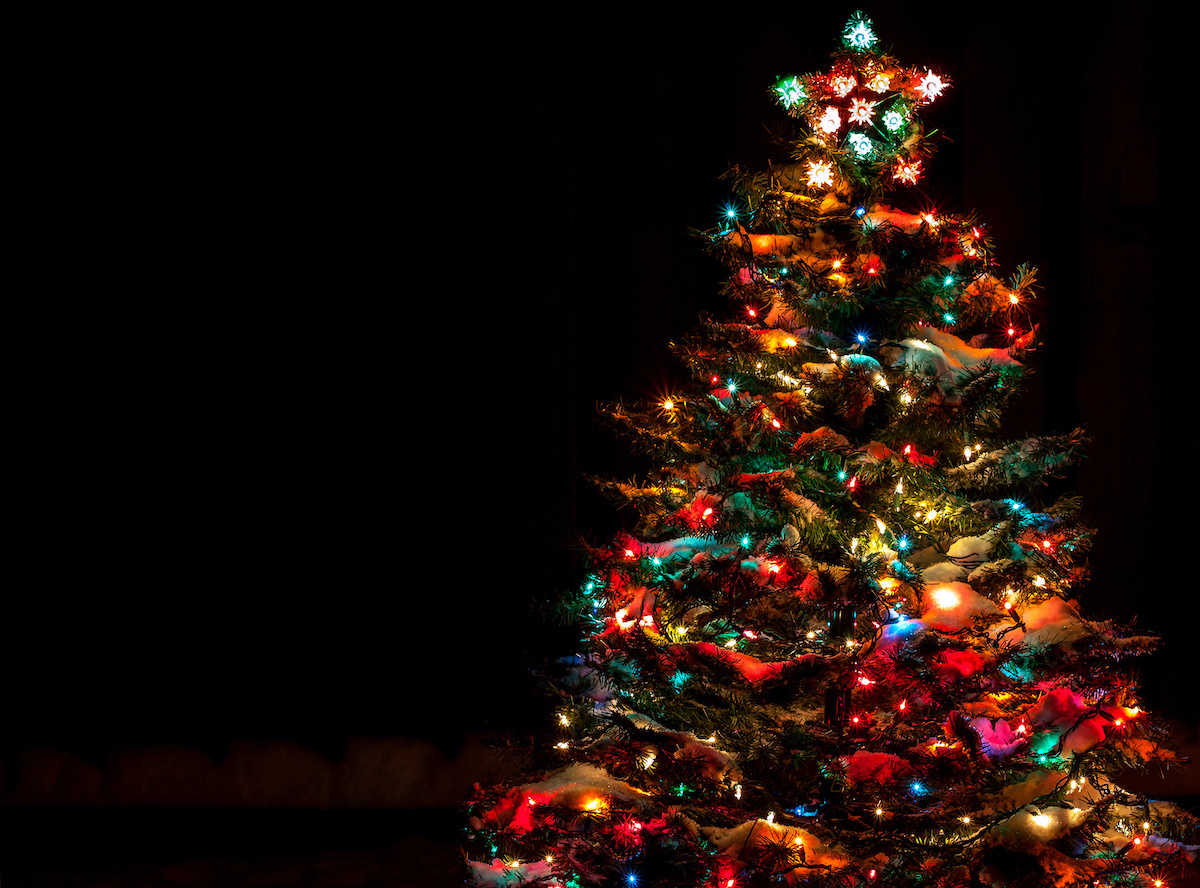Mold season is upon us! Many people don’t know that mold grows year-round, but it becomes more noticeable in the spring and summer.
This is because mold loves moisture, and warm weather creates the perfect environment to grow. Here’s what you need to know about mold season and how to keep mold at bay.
When is mold season?
First of all, mold loves moisture and high temperatures. That’s why mold season in the US is considered early spring to mid-fall. In the spring, the weather starts to warm up, and there is more moisture in the air.
Midsummer is the peak time for mold growth. This is especially true for the southern climate, which experiences hot and humid summers. During mid-fall, temperatures start to plummet, and the air becomes drier, which doesn’t favor mold growth.
Since mold loves the excess moisture during this time, be on the lookout for mold growth. Check for mold in damp areas of your home, such as the basement, bathroom, or kitchen.
What causes mold to grow in homes?
There are a few things that can cause mold to grow in homes during mold season.
- The weather — Mold loves moisture, so warm, humid weather is ideal for mold growth.
- Flooding — If your home has been flooded, dry it out quickly to prevent mold from growing.
- Leaky pipes or roofs — If you have a leak in your home, get the leaks fixed as soon as possible.
- Damp clothing or towels — Don’t leave damp clothing or towels lying around, as mold can grow on them.
- Poor home ventilation — If your home isn’t well-ventilated, mold can grow more quickly.
- Wet basements — Basements are prone to mold growth, so make sure they’re well-ventilated and dry.
Remember, mold can start growing within 48 hours of a water damage problem. Thus, get the mold removed as fast as possible to avoid extensive mold issues.
What are the dangers of mold?
Mold produces spores that can be dangerous to your health if exposed to them for too long. Signs of mold exposure include:
- Respiratory problems such as a cough, difficulty breathing
- Allergy symptoms like rashes on the skin, hives, itching eyes, runny nose, or sneezing
- Headaches or migraines
- Memory loss, forgetfulness, or confusion
- Skin rash with severe itching
- Eye irritation
- Fatigue
- Aches and joint pain
- Nausea
- Ear infections

Mold allergy season
If you have mold allergies, mold season can be a difficult time of year. Mold spores are released into the air, triggering mold allergies and asthma.
Thus, to protect yourself from mold allergies, stay indoors as much as possible when airborne mold spores are at their peak. You should also keep your windows closed and run an air purifier to trap mold spores in your home.
What are some signs of mold growth?
There are a few signs you can look for to determine if mold is growing in your home.
- Musty smell — Mold is likely present if you smell a musty odor in your home.
- Water damage — If you detect water damage on your property, there’s a good chance that mold is present.
- Discoloration on walls and ceilings — Mold typically appears as black, green, or white patches on surfaces.
If you see any of these signs in your home, it’s important to contact a mold remediation company like PuroClean to have the mold removed.
Does mold grow in winter?
Mold can grow in winter, but it’s less likely to develop during this time of year. This is because mold needs moisture to survive, and there is typically less moisture in the air during winter.
However, mold can still grow in winter if enough moisture is present. For example, it can grow around windows, which are prone to condensation, or in houseplant soil.

Does mold die in winter?
Mold can survive in winter, but it typically goes dormant during this time of year. This means that mold will not grow or reproduce during winter. However, mold can still be dangerous during winter if you have a mold allergy.
How do I prevent mold growth in my home?
There are a few things you can do to prevent mold growth in your home.
- Keep your home clean and free of clutter. Mold can grow on organic items, so keeping your home clean is essential.
- Fix any leaks in your home as soon as possible. Leaks provide mold with the moisture it needs to grow.
- Ventilate your home well. Good ventilation helps to keep mold at bay.
- Use a dehumidifier in your home, especially in damp areas like the basement or bathroom. Dehumidifiers fight off the high humidity conditions in your home that favor mold growth.
For mold removal services during mold season and beyond, call the PuroClean remediation specialists!
If you think you have mold in your home, it’s important to take action immediately. PuroClean offers mold remediation services to remove mold from your home and prevent it from coming back.
With PuroClean’s mold remediation services, you can rest assured that mold won’t be a problem in your home. Contact PuroClean of Massapequa today at (516) 604-1200 to get started!




 PuroClean of Massapequa
PuroClean of Massapequa